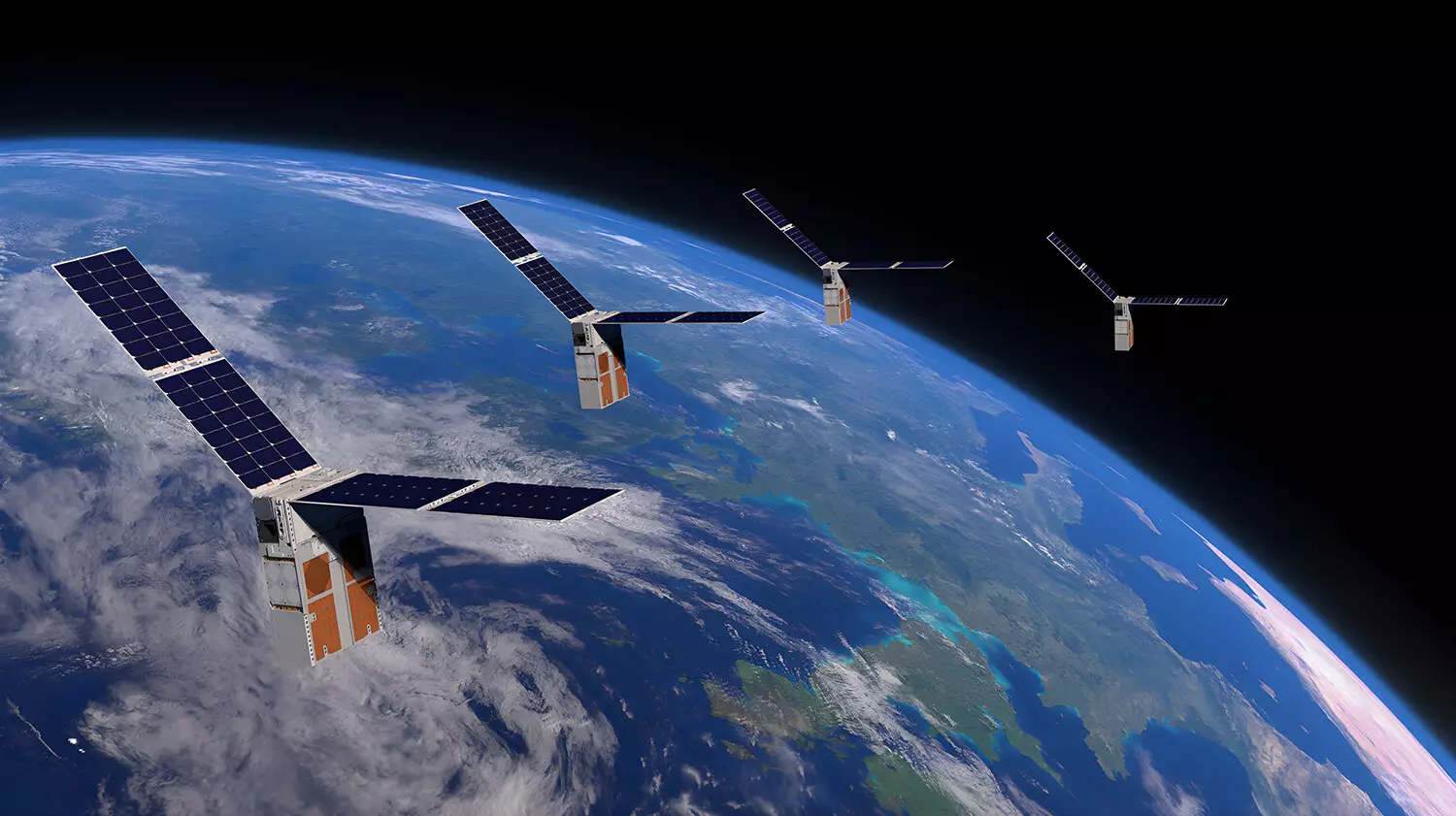In an age where space exploration is gaining unprecedented momentum, traditional single-satellite missions are beginning to feel like relics of the past. A groundbreaking shift is underway, heralded by the integration of swarm technology — a network of smaller satellites working collaboratively to deliver enhanced functionality and efficiency. This innovative concept, championed by researchers at Stanford University’s Space Rendezvous Lab, is set to redefine satellite navigation and operational capabilities in our quest to explore the cosmos.
What makes swarm satellites an attractive alternative to their larger counterparts? The approach hinges on multiple smaller units functioning in unison. By distributing tasks among these miniature satellites, scientists can achieve improved accuracy, flexibility, and resilience against challenges that a singular satellite might encounter. This modular design enables crucial adaptability, especially when tackling specific objectives that may be too complex or risky for traditional spacecraft. As Simone D’Amico, a key figure in this research, articulated, the shift towards decentralized systems is becoming increasingly mainstream, catching the attention of NASA and the Department of Defense, among other organizations.
At the forefront of this revolutionary approach is the Starling Formation-Flying Optical Experiment, or StarFOX. This ambitious experiment represents the culmination of over a decade’s worth of research and development, as it showcases the capabilities of autonomous navigation using visual data alone. What sets StarFOX apart? It is the first demonstration of a coordinated swarm of satellites utilizing onboard camera data to calculate trajectories without relying on external navigation systems. This autonomy significantly reduces dependence on terrestrial GPS systems, enabling satellites to operate seamlessly in the vastness of space.
During the inaugural StarFOX test, four small satellites navigated together using only the visual cues from onboard cameras. Through a combination of precise algorithms and onboard processing, these satellites were able to determine their positions relative to Earth, paving the way for future missions beyond our planet.
Despite the promise of swarm technology, significant technological hurdles remain. Current navigation systems heavily rely on the Global Navigation Satellite System (GNSS), which poses limitations once a spacecraft ventures beyond Earth’s orbit. The Deep Space Network, although useful, is slow and not easily adaptable for expansive future missions. Additionally, one of the pressing issues that the swarm must address is the dangerous presence of “non-cooperative objects,” such as space debris, which can jeopardize satellite integrity.
As D’Amico notes, developing a self-sufficient navigation system is essential for achieving high levels of autonomy. Fortunately, the advent of miniaturized hardware—such as affordable cameras—makes this endeavor more feasible. The StarFOX project utilized star-trackers, commonly found on satellites today, to provide a foundational navigation system that smartly integrates visual data and mathematical modeling.
So, how does swarm navigation actually work? At the core of StarFOX lies the angles-only navigation method. By using the positions of known stars as reference points, the satellites can calculate their relative bearings much like ancient sailors once did. The integration of the Absolute and Relative Trajectory Measurement System (ARTMS) allows for continuous updates on each satellite’s position and speed.
This sophisticated system employs an Image Processing algorithm for detecting and tracking multiple targets, including space debris, alongside the Batch Orbit Determination algorithm for initial coarse orbit estimations. The Sequential Orbit Determination algorithm refines these trajectories over time, creating a dynamic feedback loop that could potentially include guidance and collision avoidance strategies onboard.
The implications of successful swarm satellite technology extend far beyond mere navigation. The potential applications are numerous, ranging from improved capabilities in Earth observation to interplanetary exploration. This collaborative approach opens the door to learning from unforeseen challenges, executing complex tasks more effectively, and expanding the boundaries of our understanding of space.
In essence, swarm satellites represent a paradigm shift in how we conceive space missions. By harnessing the power of collaboration and collective intelligence, we stand on the brink of a new era in space exploration—one where autonomy and adaptability facilitate human ingenuity in ways previously thought impossible. If the promising results of the StarFOX project are any indication of what is to come, the age of swarm satellites is here, and it may propel us towards unprecedented discoveries and advancements in our explorations of the cosmos.

